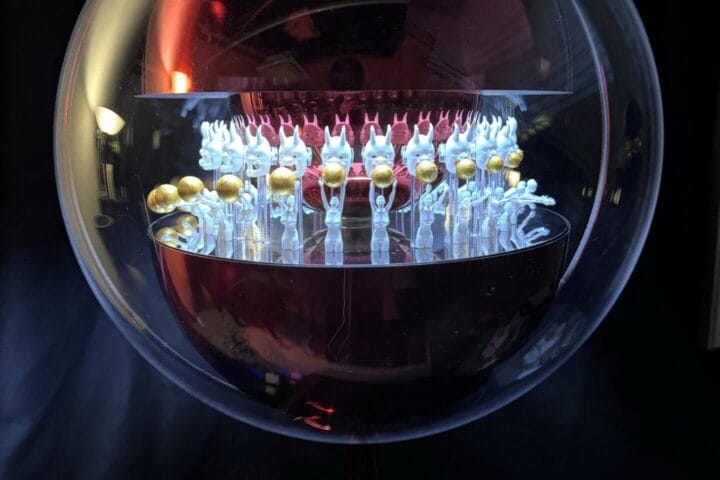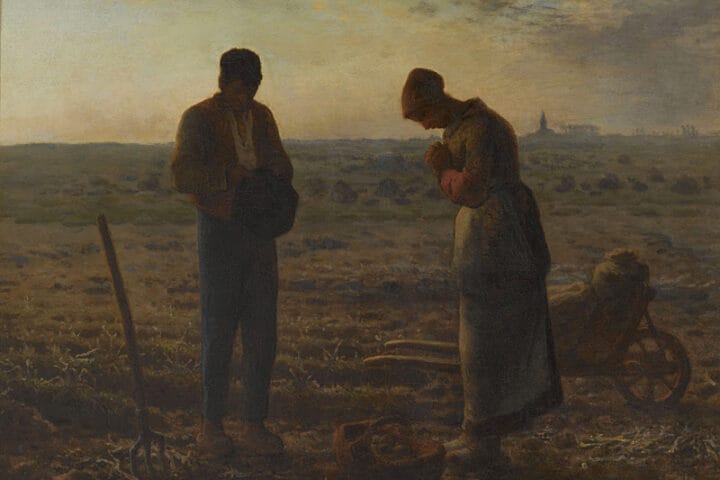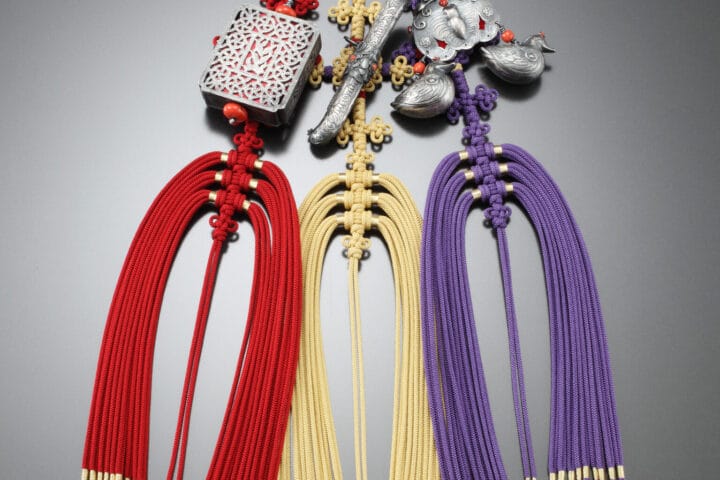Edvard Munch (1863–1944) challenged his contemporaries with the radical modernity of his paintings, especially in Berlin, where the Norwegian Symbolist exerted a big influence around the turn of the century. The exhibition “Edvard Munch. Magic of the North” is a partnership with the MUNCH in Oslo. It tells the story of Edvard Munch and Berlin, illustrated by pain- tings, prints and photographs.
The German capital was in the grip of a fervour for all things Nordic. Even the conservative Association of Berlin Artists invited the young artist, as yet unknown, to put on a solo exhibition in 1892. Viewers were shocked by the bright colours and perceived the paintings as sketchy. The show was forced to close shortly after opening. Munch’s works polarised people. The artist delighted in this public attention. He moved to the Spree, living and working in the city again and again between 1892 and 1908.
The “Munch Affair”, as the press sardonically labelled the scandal, is seen as the beginning of Modernism in Berlin.
With about 60 exhibitions between 1892 and 1933, Berlin proved to be one of the most important European hotspots in Munch’s career. Here he found artists, gallery owners, intellectuals and collectors to promote his work.
On the banks of the Spree, Munch’s works were not just the parting shot for modern art. They also transformed conventional thinking about the “magic of the North” (Stefan Zweig). Romantic and naturalist notions of fjord landscapes gave way to the psychological density of Munch’s visual cosmos. During the Nazi dictatorship from 1933, the painter was at first celebrated by cultural politicians as a “great Nordic artist”, only to become an early victim of the defamatory campaign against “degenerate” art.
Thomas Köhler, Director Berlinische Galerie: “Edvard Munch was central to paving the way for modernism. And far too few people know this, but the Norwegian artist had a big influence on the Berlin art scene in the late 19th and early 20th centuries. An exhibition scandal made his name in 1892, ten years later he was famous all over Germany, and in 1927 the Nationalgalerie in Berlin finally dedicated the biggest retrospective to date to the Norwegian artist. We are hugely excited about the shows in Potsdam and Berlin. This will be a unique opportunity to enjoy Munch’s top-class works in such abundance.”
Tone Hansen, Director MUNCH: “Germany was Edvard Munch‘s breakthrough country and be- came an important market for the artist. Today, as a city of culture, Berlin is an important partner for Norway and we are incredibly proud that Munch is making his big return with such a well-curated exhibition. We look forward to further cooperation between our institutions and hope the exhibition also will lead to further interest in Norwegian art.”
The exhibition embraces about 80 works by Edvard Munch. They are joined by the works of other artists, such as Walter Leistikow and Akseli Gallen-Kallela, who set their stamp in the late 19th century on how Berlin imagined the North and on the Modernist art world in the city.
Exhibition catalogue
The exhibition is accompanied by a catalogue in German and English.
Edited by Stefanie Heckmann, Thomas Köhler and Janina Nentwig.
Hirmer Verlag, 304 pages, 250 coloured illustrations.
This exhibition enjoys the joint patronage of Frank-Walter Steinmeier, President of the Federal Republic of Germany, and His Majesty King Harald V of Norway. It is a partnership between the Berlinische Galerie and the MUNCH, Oslo and with decisive support from the Kupferstichkabinett and Neue Nationalgalerie at the Staatliche Museen zu Berlin.
Funded by the Capital Cultural Fund, the Norwegian Embassy Berlin, the Ernst von Siemens Kunststiftung and the International Music and Art Foundation in Vaduz.
Opening during Berlin Art Week.
From 18 November 2023 until 1 April 2024, the Museum Barberini in Potsdam will be showing “Edvard Munch: Trembling Earth”: museum-barberini.de









